Matt Higgs shows you how to produce unique digital images without a traditional camera in sight!
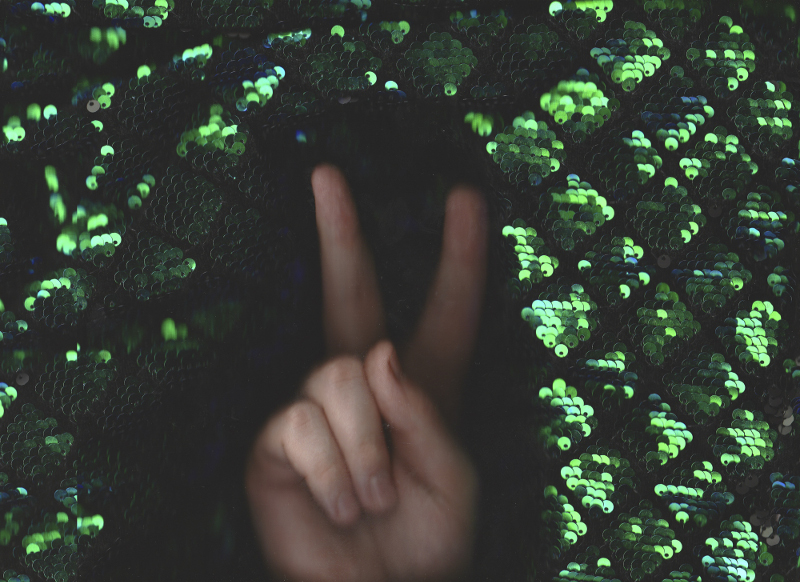
All images by Matt Higgs
If I asked what equipment you needed to create a digital photo, the first thing that would probably come into most people’s heads is a camera. But for unique, slightly lo-fi looking results, even that isn’t essential – enter the humble scanner.
Often found built into printers or sitting about collecting dust in an office, a scanner’s workload normally consists of digitising the odd signed document or passport – yaaaaaaawn! But think back to school (or perhaps more recently to that hilarious lunch break, if you’re of the less mature disposition), and the chances are that at some time you or a friend shoved your hand, face or rear end onto a scanner to make some hilarious prints that got stuck up on the walls. What did you do in that moment? You created an image.
In this article, we’re going to show you how to use the same technique to produce something much more creative…
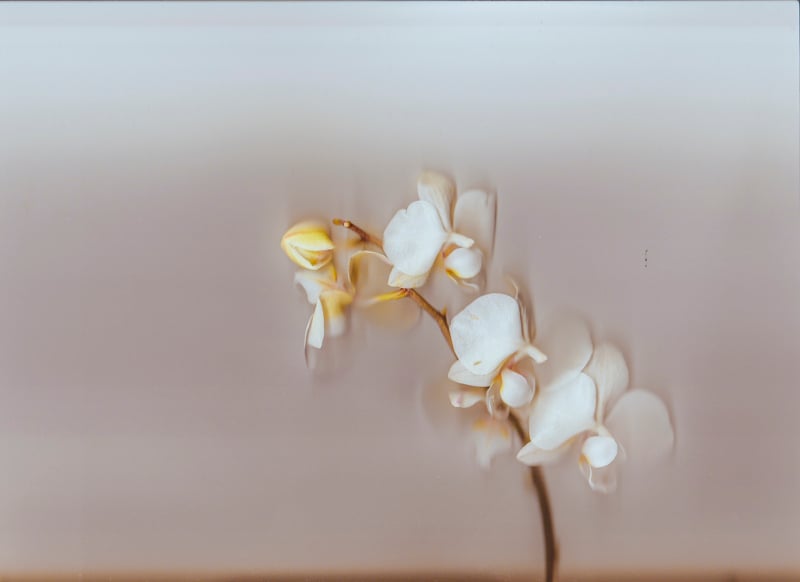
Did you know you could make images like this with a humble scanner?!
What kind of images can I take?
With their high-resolution capture and extremely shallow depth of field, scanners produce images of subjects that are detail-rich at their closest distances, however, that detail quickly drops to blur as the subject get further away. Scanners also illuminate subjects directly from the front. The resulting images have distinctive highlights, shadows and blur, as well as an almost analogue aesthetic. With such a close focusing distance, they can be virtually macro, although the large recording area of most scanners gives the opportunity to experiment with much bigger subjects than traditional macro photography may allow. Collages of classic still-life subjects like flowers and jewellery are popular, but experimentation with portraits can work well too. A good starting point is to grab a variety of smaller objects and materials wherever you are, and to just have some fun arranging them on top of the scanner.
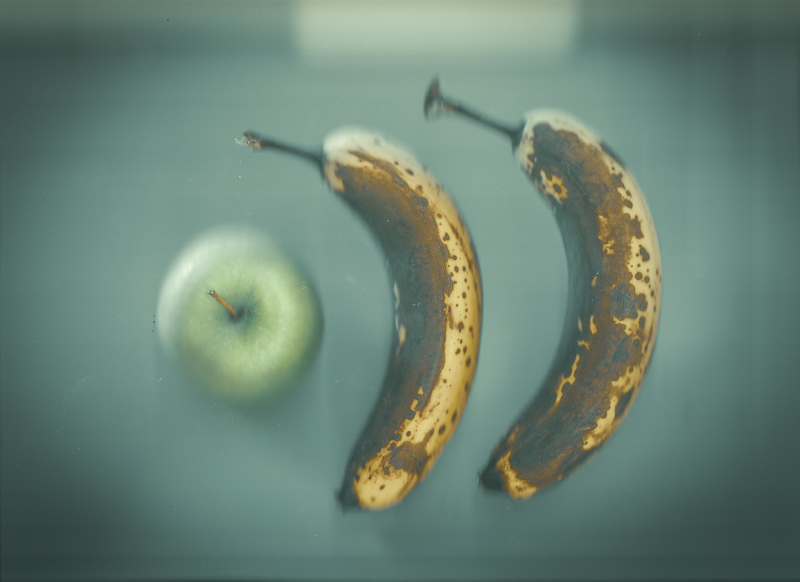
Great subjects for scanography are likely just lying around your home
Because a scanner records its image slowly line-by-line as the sensor is moved – unlike a camera, which normally records the whole frame as the shutter opens – movement during the scan will result in distortions along the axis of the scan head's movement. This means a static subject is essential if you’re looking for total sharpness, however if not, then movement is something you can play with for more unorthodox results.
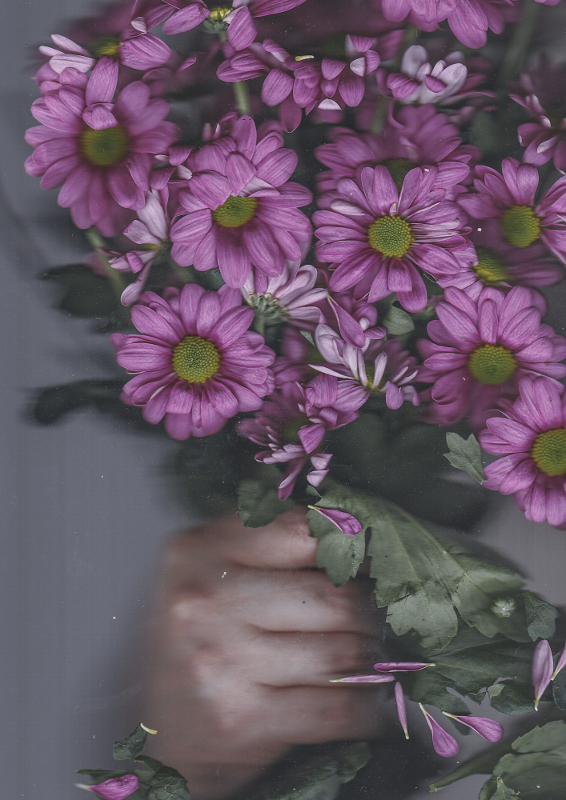
Don't be afraid to hold your subject in place if necessary
What equipment do I need?
Any desk or printer top scanner will work for scanography images – as long as it connects to your computer, you should be ready to go. The higher the resolution your scanner records at (measured in DPI, or dots per inch) and the larger its scanning area, the larger your resulting image will be. Most scanners have a lid or cover that protects the glass pane that sits above the optical array, so you may want to remove this if possible to enable the positioning of larger subjects on the scanner. Depending on the images you want to create, you may also want to try placing different backgrounds behind your subject, or illuminating it with additional lights from the side or behind.
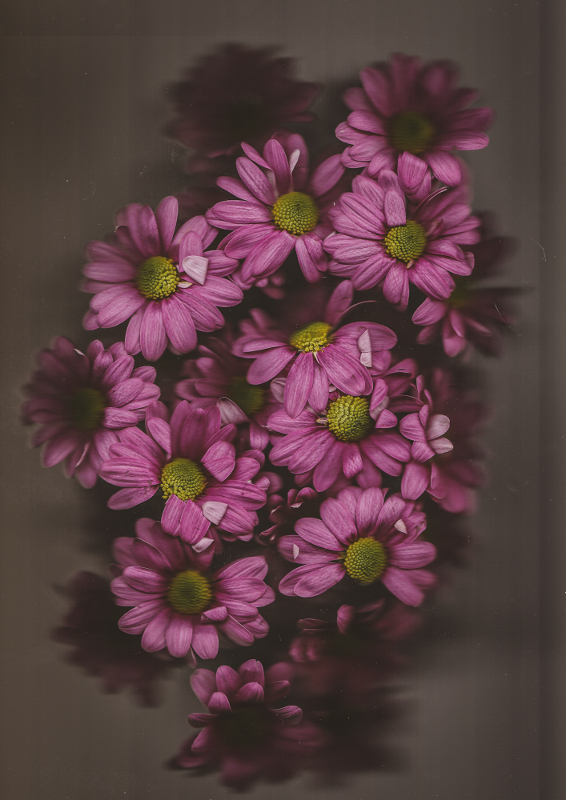
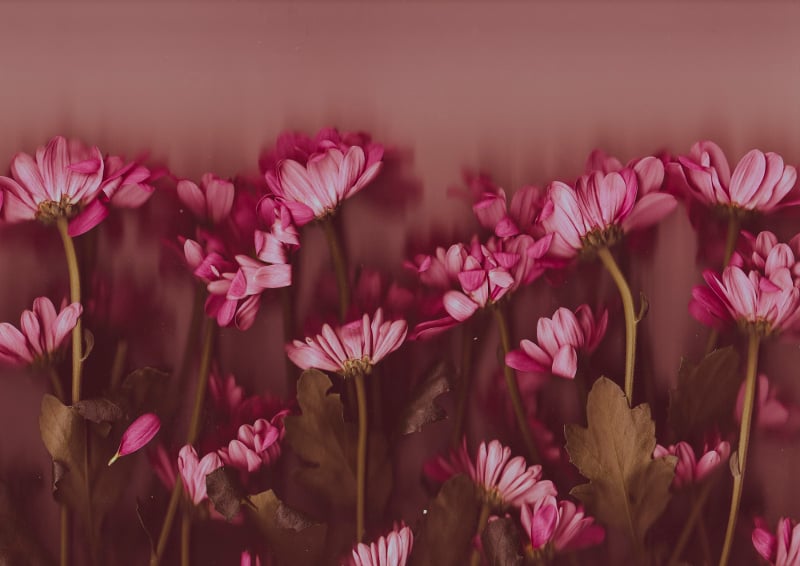
Different positioning of subjects can create different effects
How do I set up my shots?
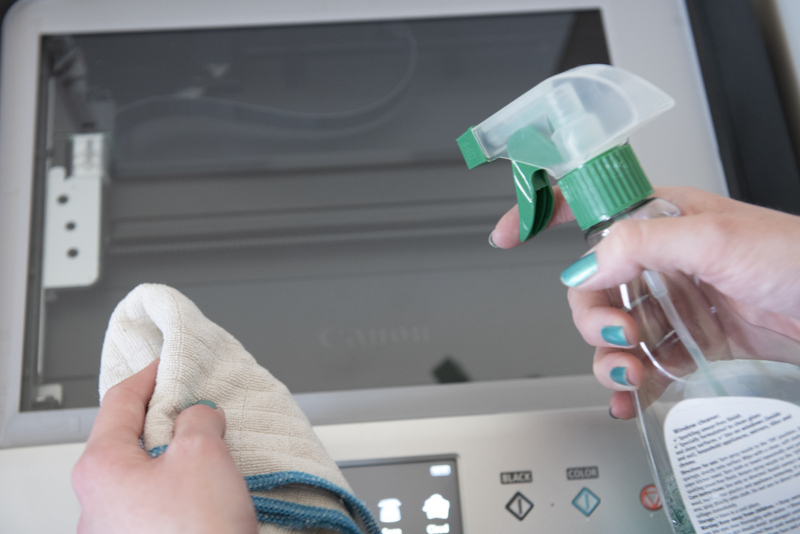
1. The first thing to do is to clean the glass panel of your scanner to ensure no unwanted dust appears in your images, as anything sitting on it will be captured. As you’re going to be placing subjects directly onto this panel, you may also want to place a transparent cover such as an additional piece of glass on top to protect it from scratches and damage.
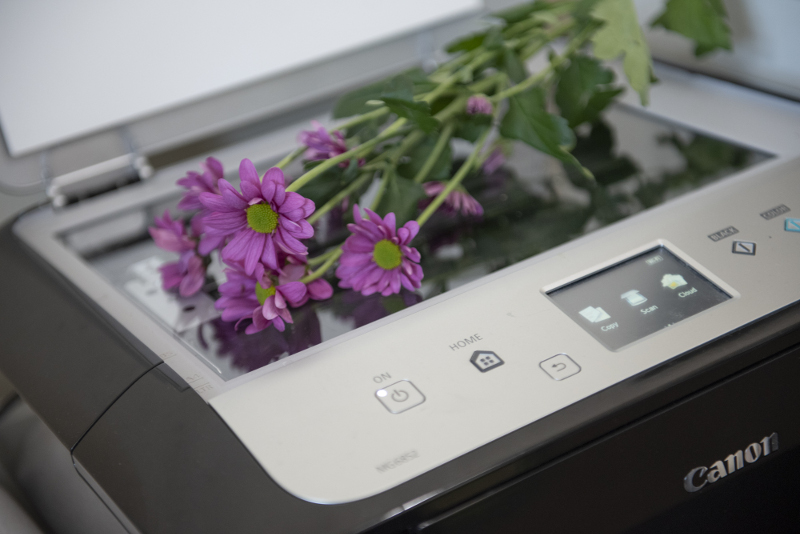
2. Carefully arrange your subject so that the focus of your image faces down into the scanner. If your scanner’s software has a “Preview” or “Overview” option, this can help you to fine-tune your arrangement without having to take a picture each time. Remember not to place liquids or heavy subjects directly onto your scanner, as this is a surefire way to damage it.
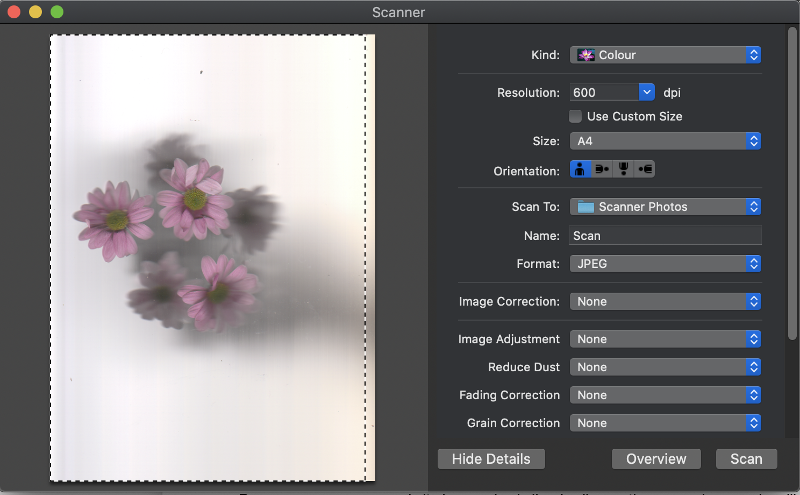
3. In your scanner’s software, select your maximum imaging area (assuming your subject takes up this space), maximum DPI scanning resolution (for the largest image possible), and the colour scan option – as well as specifying where you’d like your image to be saved and your preferred file type. Then it’s action time – hit the button to scan.
4. If you want movement in your image, shift your subject during the scan. Remember that wherever the scan head has moved past already, will already be recorded in your shot, and it’s only the line of its current position, that is being currently recorded. If you want a sharp shot, don’t touch your arrangement until the whole scan has finished.
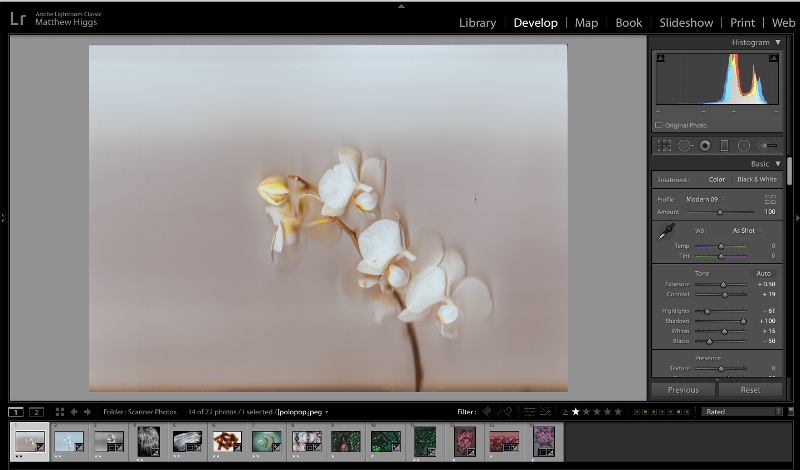
5. Once your scan has been completed, you can edit your images to your own taste in your standard editing software such as Lightroom or Photoshop.
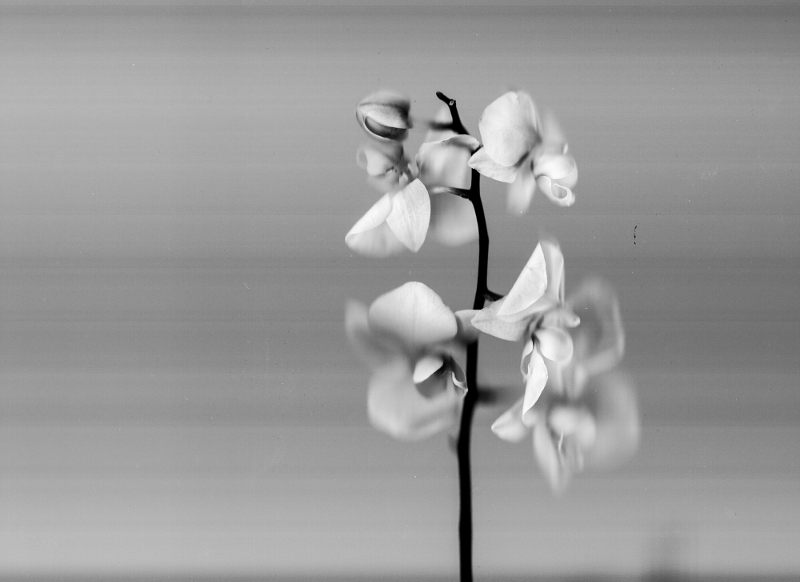
Experiment with different looks for striking images
It’s photography, Jim, but not as we know it. Whether as an experimental weekend project when stuck indoors, or a new way to build up a portfolio of macro images, scanography is an accessible, simple and extremely fun activity to try out. With the only real equipment required to begin already sitting about in many homes, or available for a lower price than many standard lenses, why not give it a go today!
Browse the selection of scanners available at Wex here
About the Author
Matt Higgs has worked for Practical Photography and Digital Photo magazines, and his live music images have been featured in numerous respected music publications including Rock Sound, Guitarist, Guitar Techniques and Akustik Gitarre. www.matthiggsphotography.co.uk.
Related articles
How to use the shadows
Bleaching photographs
Secrets of light | Mini water splash
